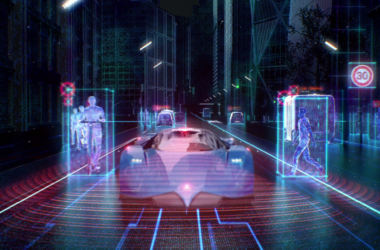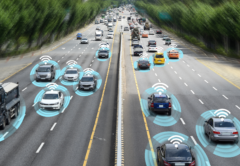Approval criteria for Level 3 vehicles are currently being developed by the UN.
The development of autonomous driving needs new rules and regulations. And these are currently being discussed on the international stage to define basic rules on which national laws can be based.
The UN-ECE Commission has recently published such a regulatory framework. This concerns the approval of vehicles that have partial autonomy according to the SAE classification Level 3. These vehicles could then drive on the motorway by themselves.
An Audi A8 with this level of autonomy was intended to come onto the market in 2018. However, there was no type approval, although there has been a corresponding law since 2017. This law, which was pushed through at the time by former German Transport Minister Alexander Dobrindt in a jolt, was of little use and will now have to be modified to match the UN framework.
The draft now on hand could be ratified in the summer of next year and thus become legally valid. According to this framework, automated systems may be actively switched on at speeds of up to 60 kilometres per hour. These are therefore mainly congestion assistants. The sensors must be able to see at least 46 metres away and the time to hand over to the human driver is ten seconds. A clear warning must appear, which intensifies after only four seconds.
If the driver does not take the wheel after ten seconds, the vehicle should park in a safe place. However, this is only an emergency, as a rule it should not stop. If, however, the vehicle comes to a stop, the hazard warning lights must be activated after five seconds. If necessary, the system should also be able to change lanes for a safe stop. In addition, the driver in the car must be checked for the ability to take control.
Once activated, the system must be able to maintain lane and distance and, if necessary, brake automatically. However, the human driver must be able to override the system at any time, in various ways: either by pressing the same button that also activates the system or by using the brake or accelerator pedal.
About the author:
David Fluhr is journalist and owner of the digital magazine “Autonomes Fahren & Co”. He is reporting regularly about trends and technologies in the fields Autonomous Driving, HMI, Telematics and Robotics.








